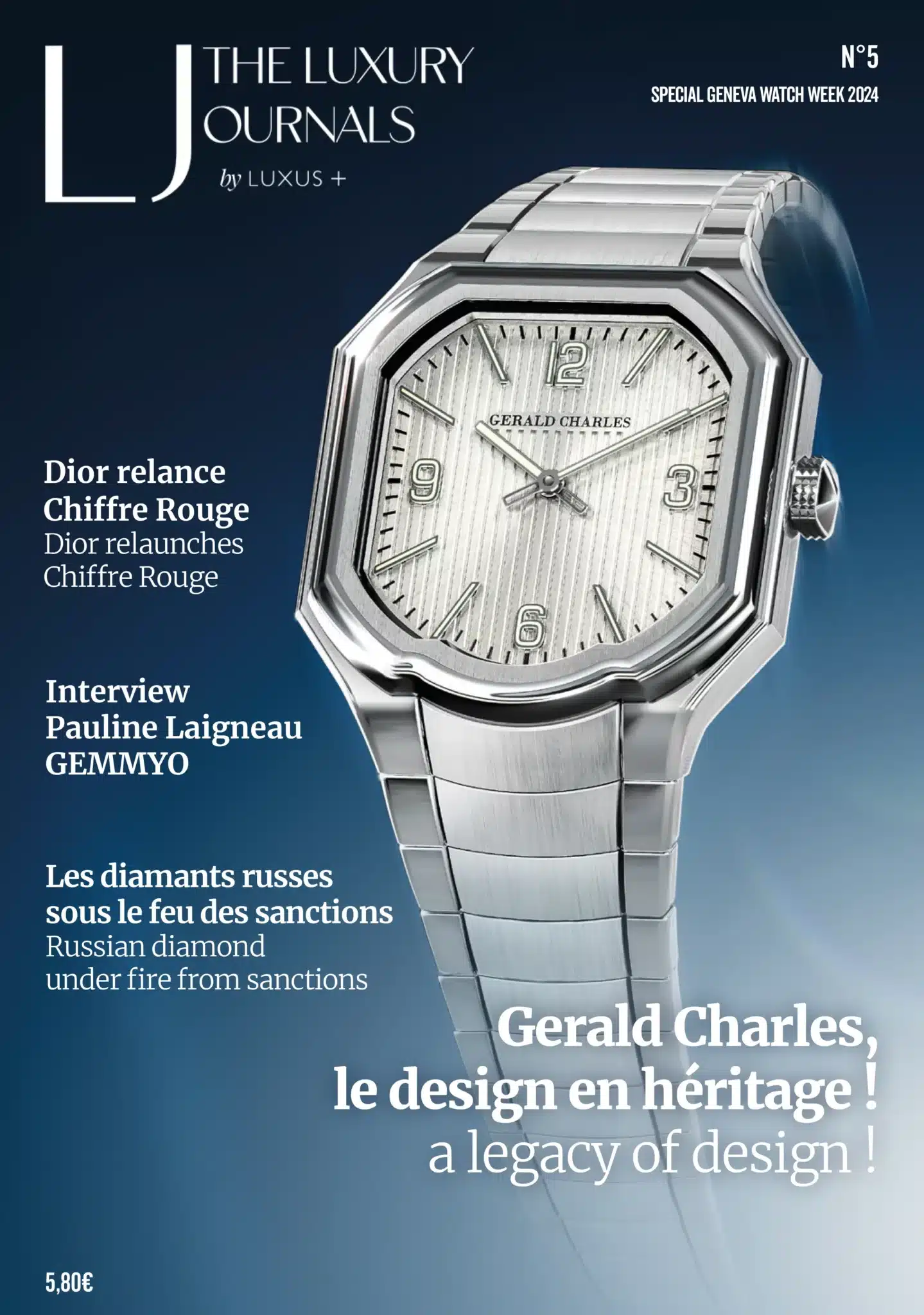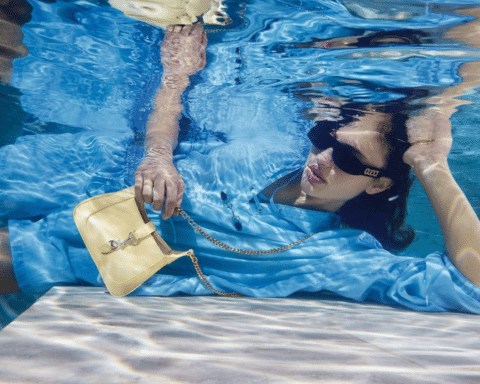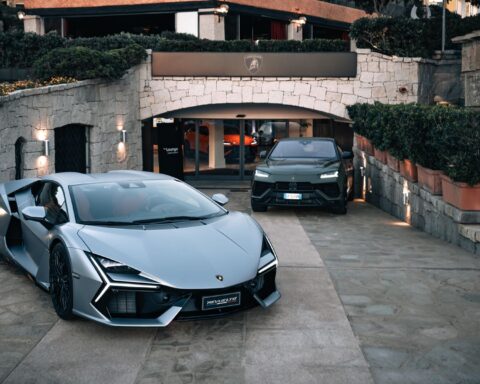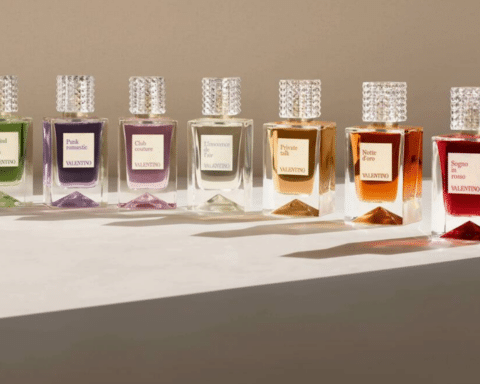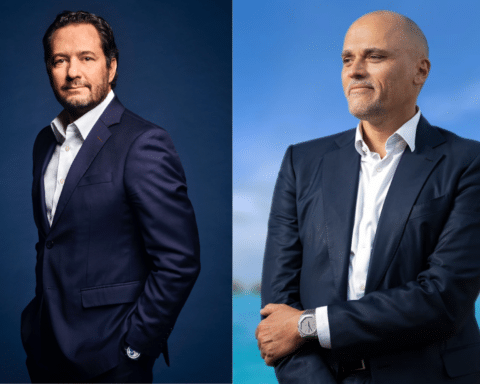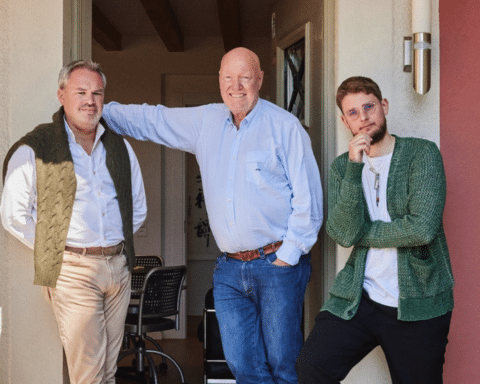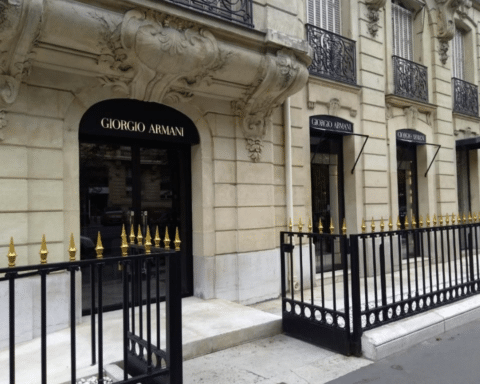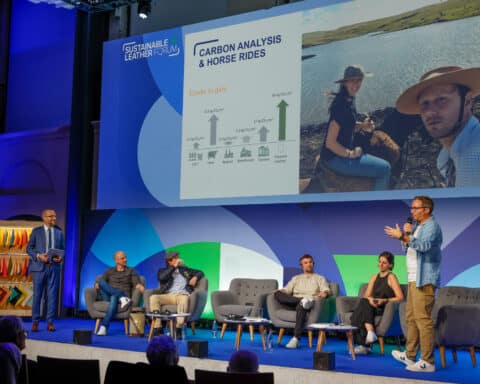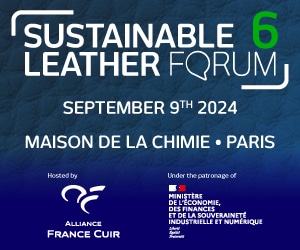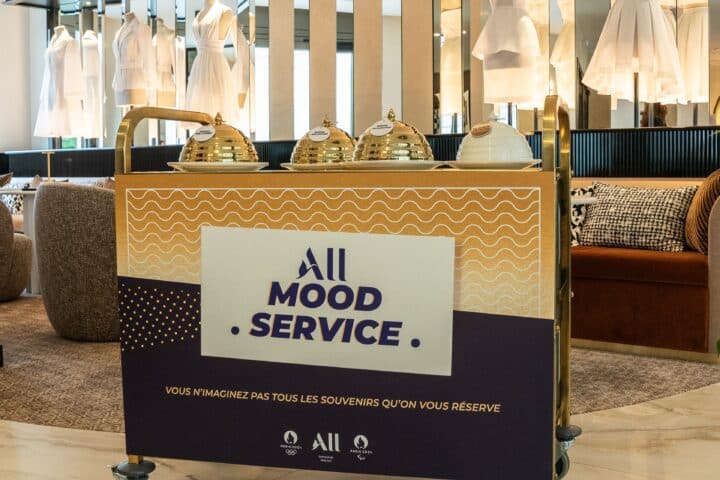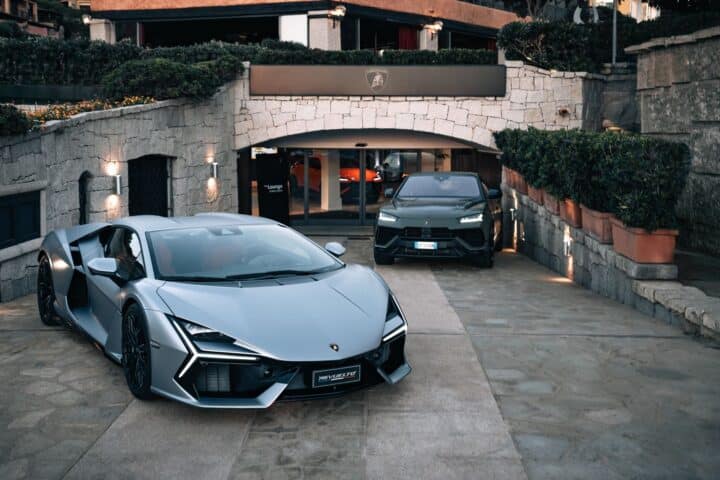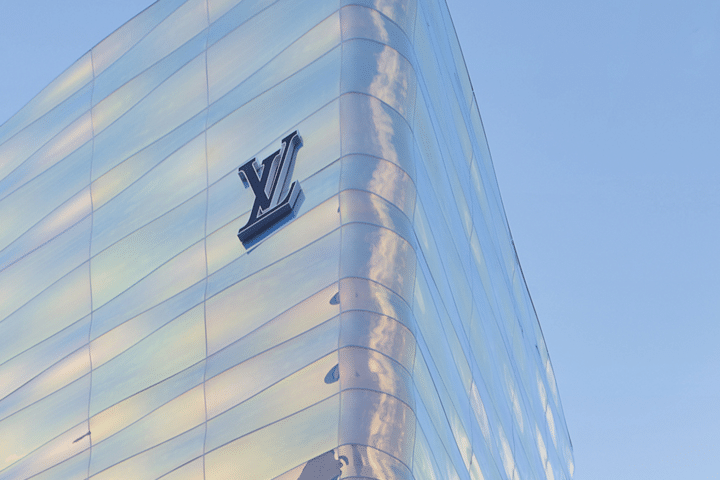NellyRodi has just unveiled a new study, Entertainment Everywhere. According to Maxime Coupez, the agency’s Head of Digital Business and Publishing, and Rodolphe de Turkheim, Consumer Trends & Insights Consultant, brands are no longer the only ones creating content. More and more consumers are expressing themselves, changing and transforming the way brands are perceived. Nurturing this new form of “speaking out” is now part of brand strategy.
At the same time, the concept of entertainment has burst onto the media scene, and brands are no exception. So how can they remain relevant, desirable and successful?
Louis Vuitton, Jacquemus, Louboutin, Balmain, Ferrari, Nike, Dior, Icicle, Le Bon Marché… many luxury brands are contributing to this new marketing strategy, which is, to say the least, playful.
Advertising is dead
First observation: 74% of consumers avoid advertising. Brands therefore need to find other ways of seducing them. This is a challenge, because more and more Internet users, especially among Gen Z – the cohort born between 1995 and 2010 – are inventing themselves as influencers, speaking for or in place of brands. In doing so, they are imposing a new, entertainment-focused format. With editorial content in perpetual revolution (short videos, augmented reality, virtual reality…), the best entertainers are proving to be the big winners of this new form of interaction. “Influence is the new Eldorado for young people – a business model that depends on the ability to engage…and therefore entertain,” the study points out.
Entertaining our community
Offering its community opportunities to be entertained, to appropriate the House’s identity codes, to transform them, to give their own interpretation of them, is becoming the new objective for brands. Far from remaining spectators, they are taking part in this game, commented on, shared and largely fed by the fans themselves.
For the brand, animating its community means creating proximity, and consequently commitment, which is the objective sought to encourage the act of purchase.
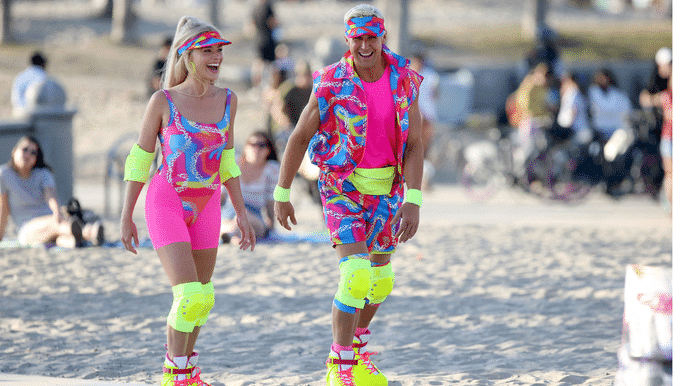
To challenge and surprendre
There’s no shortage of examples in the luxury sector of brands seeking to challenge, surprise or entertain their communities.
Pharrell Williams, the new artistic director of Louis Vuitton Homme, is transforming himself into the brand’s chief entertainer. His Paris show on the Pont Neuf was a striking example. Never before in the history of the luxury trunk-maker and fashion had an artistic director provided such a musical after-show. Entertainment even made its way into the collections, with a camouflage motif inspired by the video game Minecraft. The former member of the Neptunes, now head designer of Vuitton Homme, has his own recording studio on the Louis Vuitton premises.
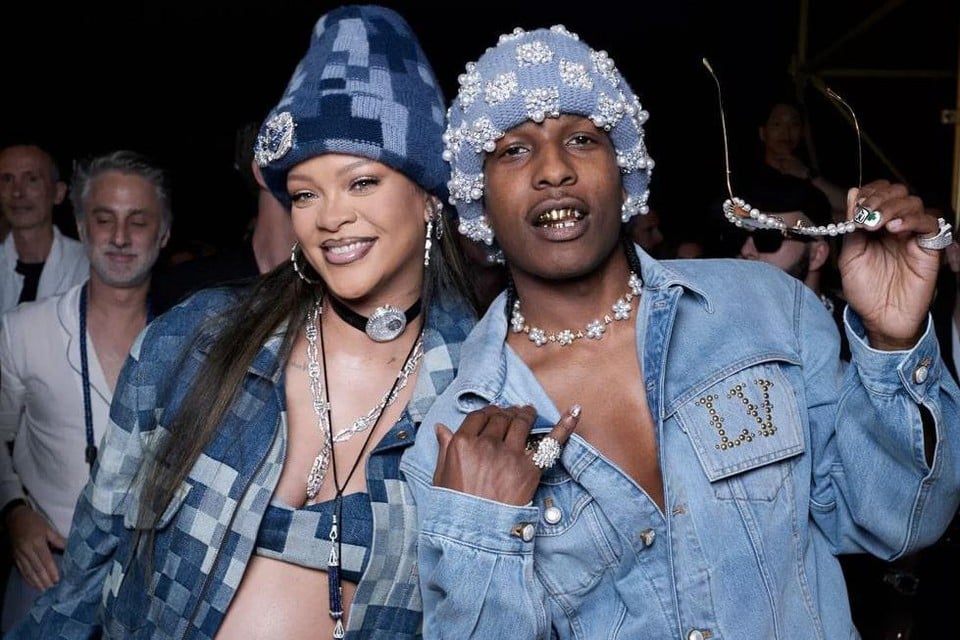
Mattel – and Birkenstock in particular – have given themselves an unrivalled showcase for their products with this summer’s blockbuster, Barbie. Not only has the film grossed over a billion dollars so far, but the girly Barbiecore style trend is sweeping social networks, and brands such as Valentino and Balmain are seizing on it.
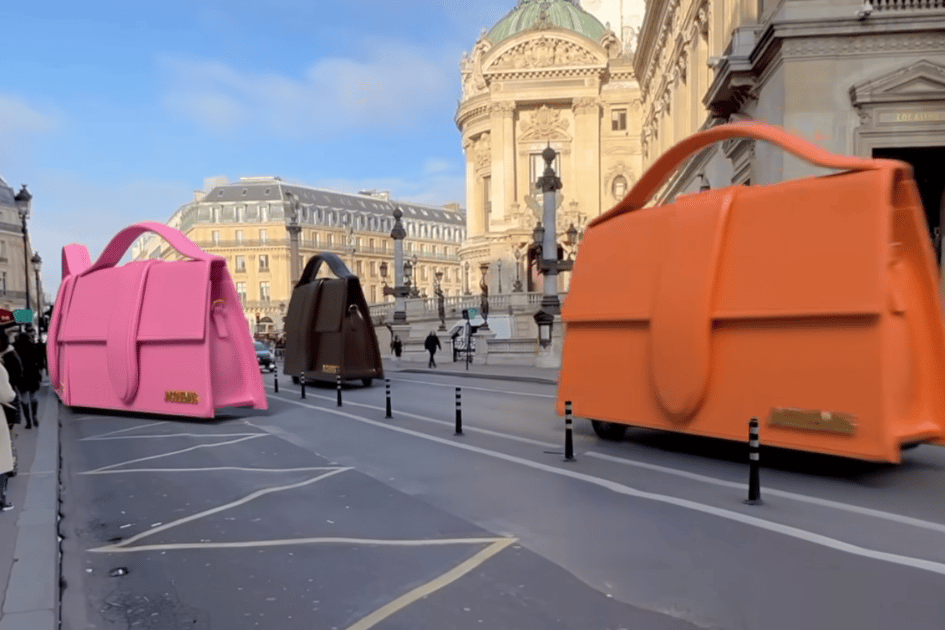
Entertainment in luxury also means Le Bon Marché Rive Gauche transforming itself into a theater at night for its customers, Icicle unveiling its cultural space and bookshop, Louboutin collaborating with Marvel for the 100th anniversary of Disney Studios, Lacoste collaborating with Netflix for a capsule collection, Jacquemus unveiling 24/24 vending machines or organizing urban fashion shows for XXL bags…
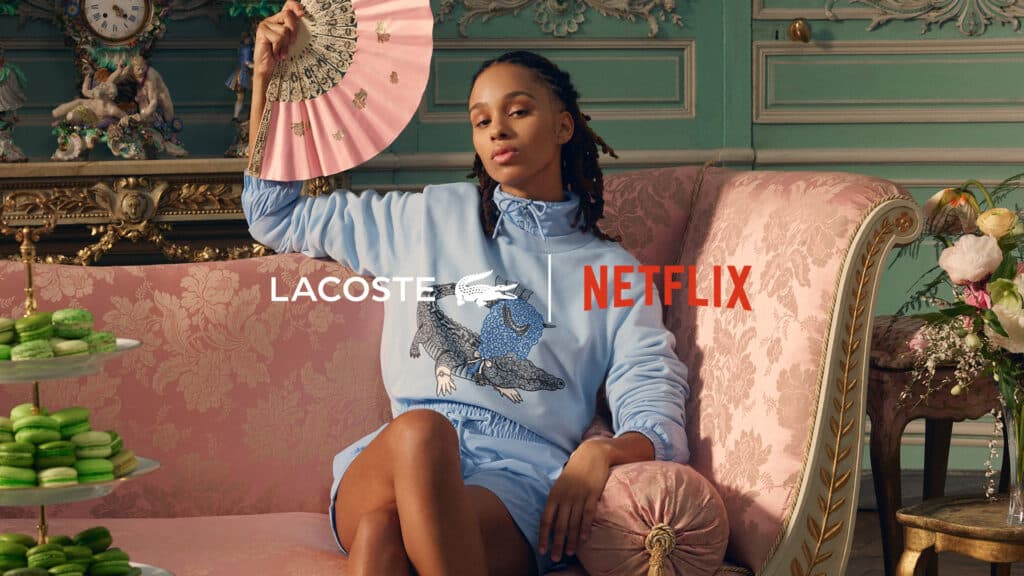
These are just a few examples of how the brand embeds its community in a playful or cultural universe that brings it to life and makes it desirable.
5 entertainment archetypes
In her Entertainment Everywhere study, NellyRodi takes care to present five typologies of entertainment objectives, with interaction as the watchword.
The reassurance
It’s based on the idea of escaping a difficult day-to-day life to take refuge in a world of kindness and sharing. It could consist of a conversation around shared references and topics of interest.
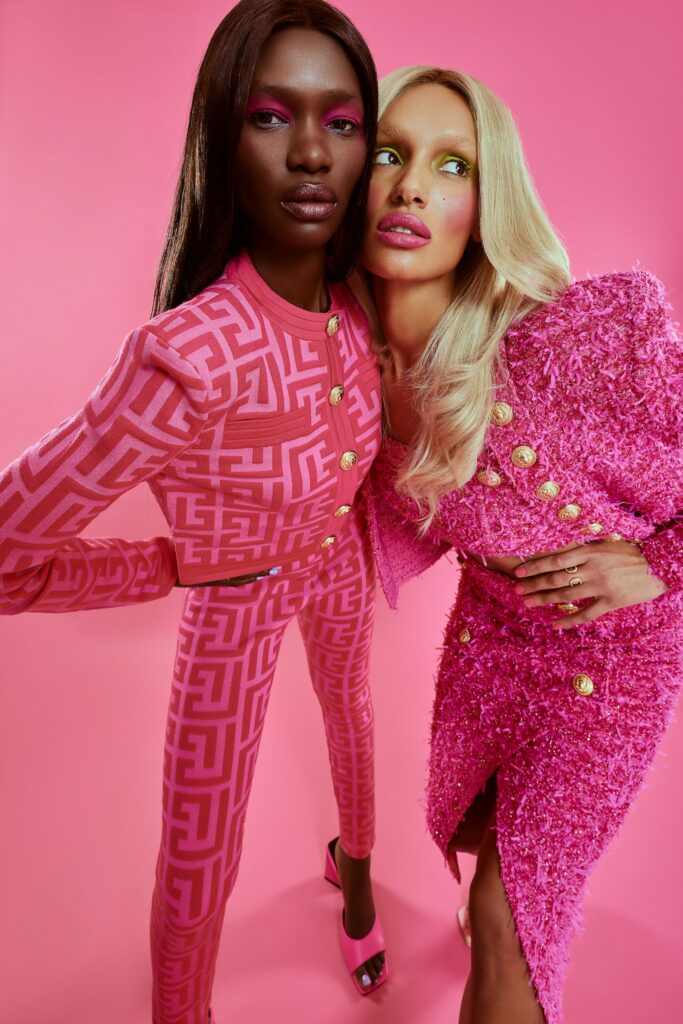
The emulation
It’s based on the idea of surpassing oneself and measuring oneself against others through a quest, a game, a competition, a challenge to be met, but also an exchange between experts.
The mondanity
It’s based on the idea of playing with specialized social and cultural codes to show that you’ve mastered them. It can take the form of participation in an event or show in a private venue.
The scandal
It’s based on the idea of transgressing and even releasing violence itself, in the form of polemics and debates.
The spectacle
It’s based on the idea of escaping the mundane to explore an extraordinary and surprising universe. It takes the form of spectacular, ephemeral attractions, pop-ups or urban parades.
The new brand strategy
The product is no longer at the heart of our strategy. Instead, it is reoriented towards pleasure, experience and community sharing.
With this new-generation brand platform, the vision is to give meaning to the entertainment offered, and the mission is to define the need for entertainment provided by the brand. The target is the community to be entertained, which goes beyond customers (who are themselves entertainers). As for the promise, it focuses on the means the brand proposes to achieve this objective.
The right questions to ask are: how will I enable my customers to make the brand their own, to make it evolve in a lively and entertaining way, without betraying my DNA? What resources and tools will I make available to them?
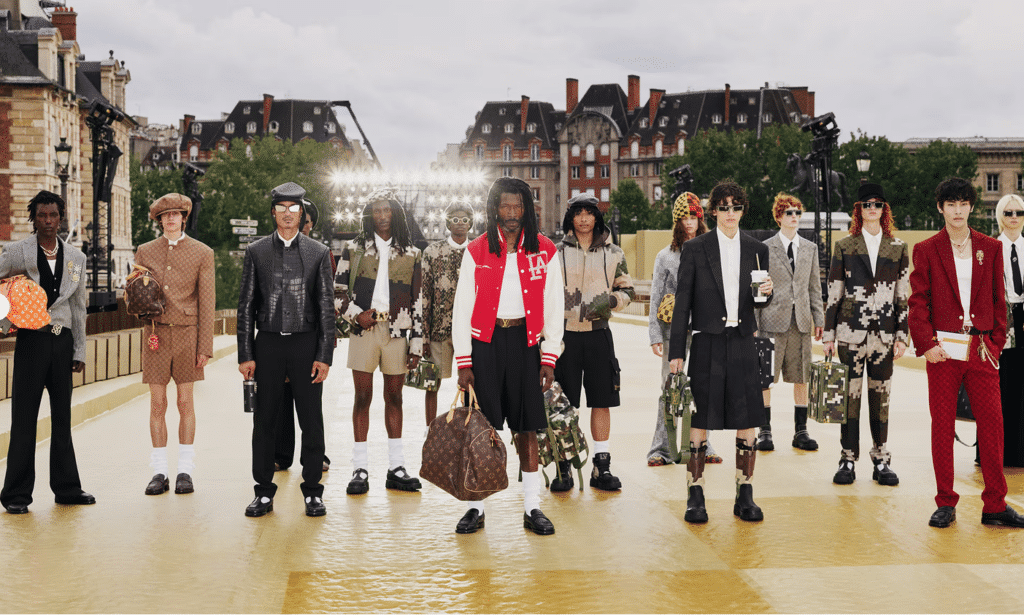
The brand has to let go a little. It inevitably “delegates” part of its culture to its customers, who have become co-creators. The aim is to ensure a form of continuity by letting them imagine what makes sense to them, allowing them to enter even more deeply into the brand’s universe. In this new kind of storytelling, the brand’s culture must remain central to the exploration of new territories. It’s a delicate balance to strike, and a paradoxical one to say the least.

As for collaborations, they increase visibility, reach new targets and create new connivances by playing with different codes. In a way, the brand expands its playground. It is therefore essential for each of the two partner brands to have a strong image and, another crucial element, the same image strength.
Responsible entertainment
The notion of responsible entertainment could be both the summary and the conclusion of this reflection. Entertaining your community means promoting positive values, bringing people together rather than dividing them, providing moments of seriousness, taking a stand on important issues, involving the community and giving everyone a chance, without excluding anyone. “Successful” entertainment is the fruit of a marketing strategy that is judiciously distilled, creative, continuous and always in tune with the community.
Read also > THE BARBIE MOVIE EXCEEDS THE BILLION DOLLAR TICKET SALES IN THE WORLD
Featured photo : © Adrienne Surprenant


